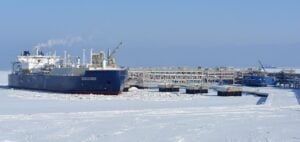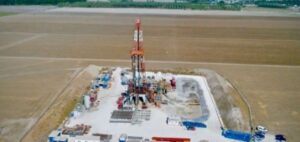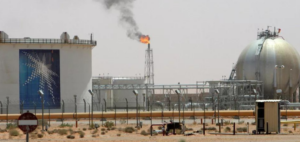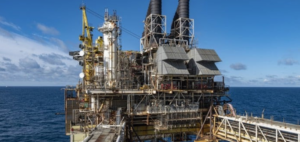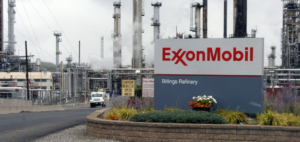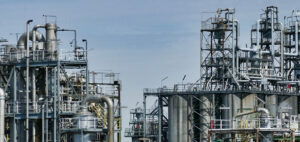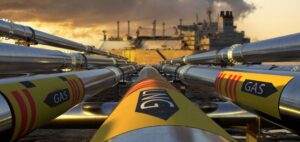Continued demand for oil and gas services is on a growth trajectory for 2024 and beyond. This development is fuelled by the growing need to guarantee energy security and the recognition that conventional energy supplies will be needed for longer than expected. On a third-quarter earnings call, Halliburton CEO Jeff Miller emphasized the importance of long-term investments to maintain production while adding additional supply, which he described as a long-term “upcycle”. According to OPEC’s most recent forecasts, oil demand is set to increase by 10 million barrels by the end of the 2020s, with continued growth expected until 2045.
The challenge in North America
Yet North America faces challenges in 2023. A 20% drop in the number of drilling rigs in the USA, to a total of 690, led to less work. However, demand for services continues to grow, particularly in the context of unconventional reservoirs. Halliburton’s revenues in North America reached $2.6 billion in the third quarter, down 3% on the previous quarter, but only 1% down on the previous year. Jeff Miller is optimistic about the fourth quarter, forecasting increased activity in North America for 2024.
A growing international market
Internationally, markets continue to improve, with increased activity in both Halliburton’s Production & Completions and Evaluation & Drilling segments. The company’s third-quarter international revenues reached $3.2 billion, up 17% year-on-year and 3% on the previous quarter. Revenues in the Middle East and Asia remained stable, which Jeff Miller attributed to potentially “uneven” regional circumstances. It forecasts continued growth throughout 2023 and double-digit growth in 2024.
Stability in North America
North America is currently undergoing a wave of consolidation, marked by two giant acquisitions announced in recent weeks. ExxonMobil reached an agreement to buy Pioneer Natural Resources for $60 billion, while Chevron announced the purchase of Hess Corp for $53 billion. This activity demonstrates not only the long-term importance of the oil and gas sector, but also that of North America. Jeff Miller points out that these major players take a long-term view and work through cycles, suggesting a much more stable North America.
Automated services and the importance of efficiency
Halliburton and other larger oilfield services and equipment providers are increasingly offering automated services and other service-intensive work for unconventional oil and gas operations. Adoption of electric fracturing fleets is on the rise, with over 60% of customers returning for these services. The expansion of drilling outside traditional high-quality zones into less productive rock is not only intensifying services, but also research and technological innovation, helping to reduce the cost of oil and gas production in North America.
In summary, continued demand for oil and gas services remains a major feature of the energy landscape, with growth expected for 2024 and beyond. Market stability, both in North America and internationally, is underpinned by long-term investment and technological advances that boost industry efficiency. Recent consolidation in the sector testifies to the long-term importance of the oil and gas industry and the vitality of North America in this context.



